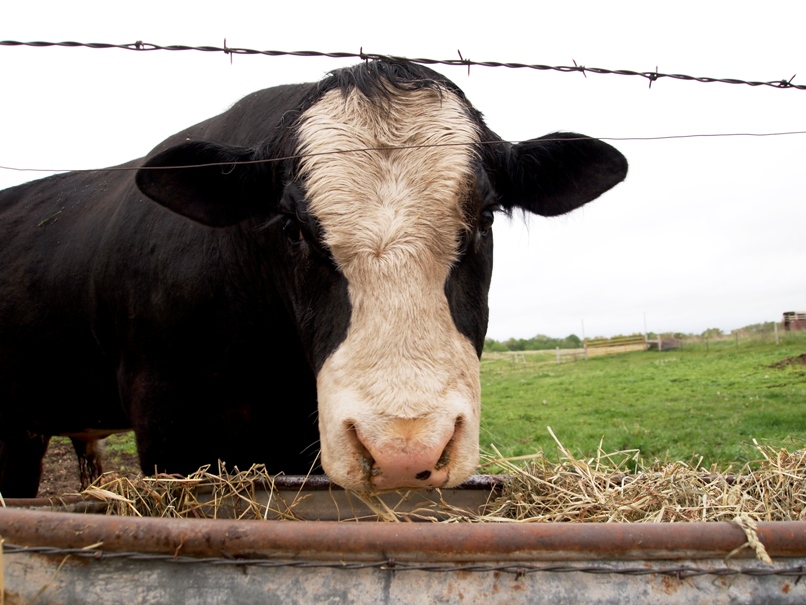
Using a system of valves and pumps, the experimental technique developed by Argentina's National Institute of Agricultural Technology (INTA) channels the digestive gases from bovine stomach cavities through a tube and into a tank.
The gases - which otherwise are commonly known as burps, or "eruptos" in Spanish - are then processed to separate methane from other gases such as carbon dioxide.
Methane is the main component of natural gas, used to fuel everything from cars to power plants.
"Once you get it compressed, it's the same as having natural gas," said Guillermo Berra, head of INTA's animal physiology group.
"As an energy source it is not very practical at the moment, but if you look ahead to 2050, when fossil fuel reserves are going to be in trouble, it is an alternative," he told Reuters.
Each head of cattle emits between 250 and 300 liters of pure methane a day, enough energy to keep a refrigerator running for 24 hours.
Argentina is one of the world's top beef exporters, with around 51 million heads of cattle. Gases emitted from those animals account for 30 percent of the country's total greenhouse gas emissions, according to INTA, with methane having 23 times the global warming effect as carbon dioxide.
"This is also a way to mitigate that," Berra said.
COMMENTS (2)
Comments are moderated and generally will be posted if they are on-topic and not abusive.
For more information, please see our Comments FAQ



1732626034-0/BeFunky-collage-(92)1732626034-0-165x106.webp)


1732620609-0/Untitled-design-(9)1732620609-0-270x192.webp)
1732609662-0/Express-Tribune-(5)1732609662-0-270x192.webp)

1732607724-0/Express-Tribune-(4)1732607724-0-270x192.webp)
1732600740-1/Untitled-design-(1)1732600740-1-270x192.webp)






@Mr. Rustomji, Its Cows not humans they are working on for Natural Gas.
180 million burps per day per person should overcome Pakistan's energy crises.!!!.